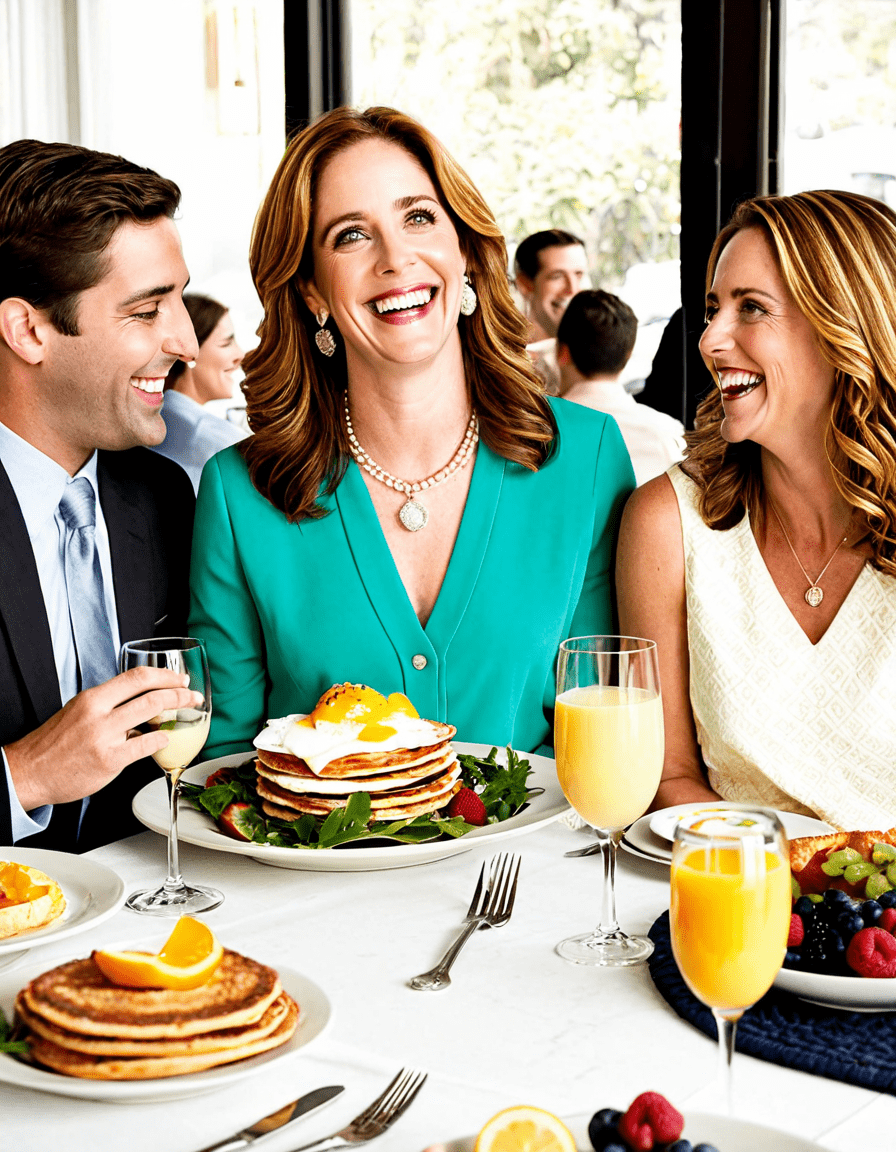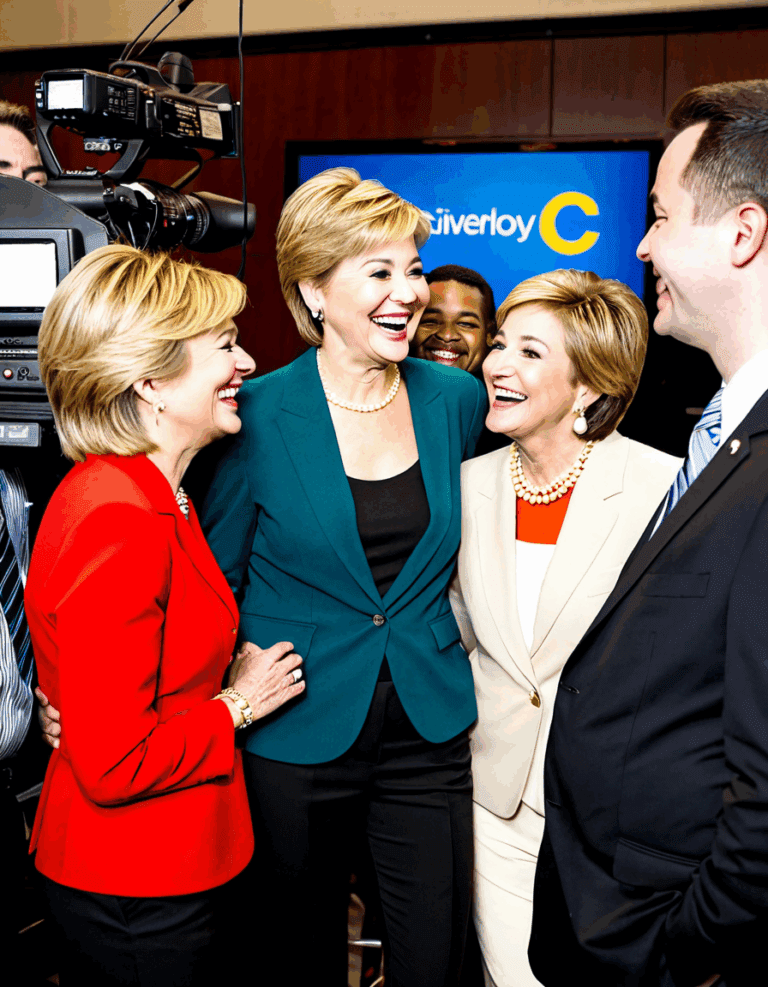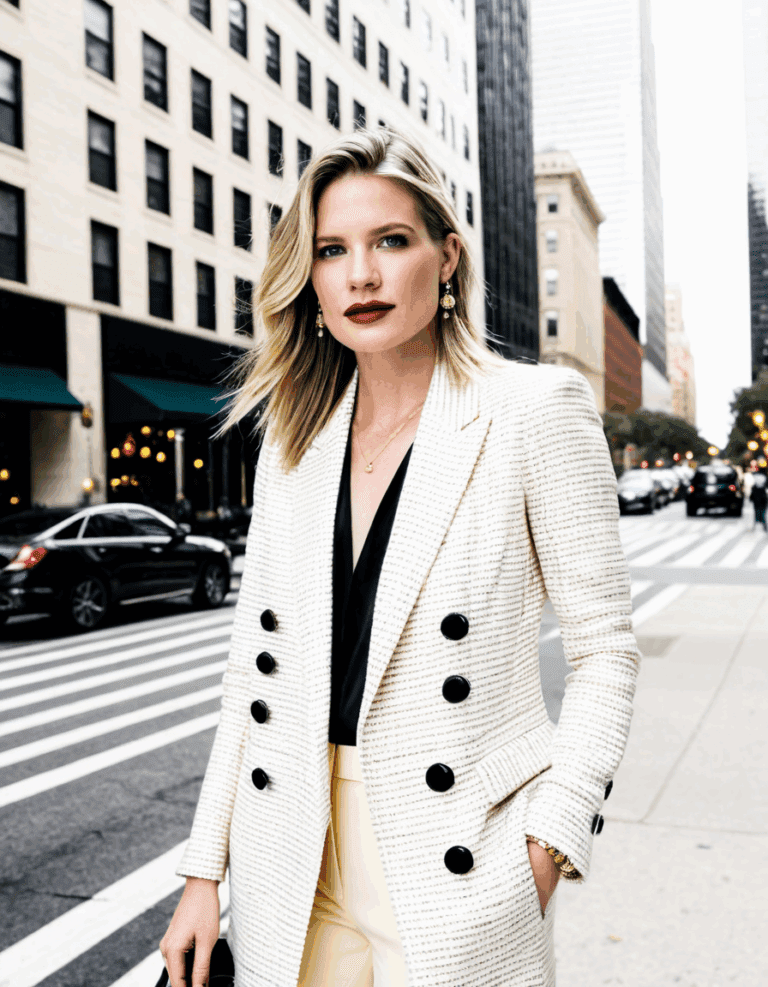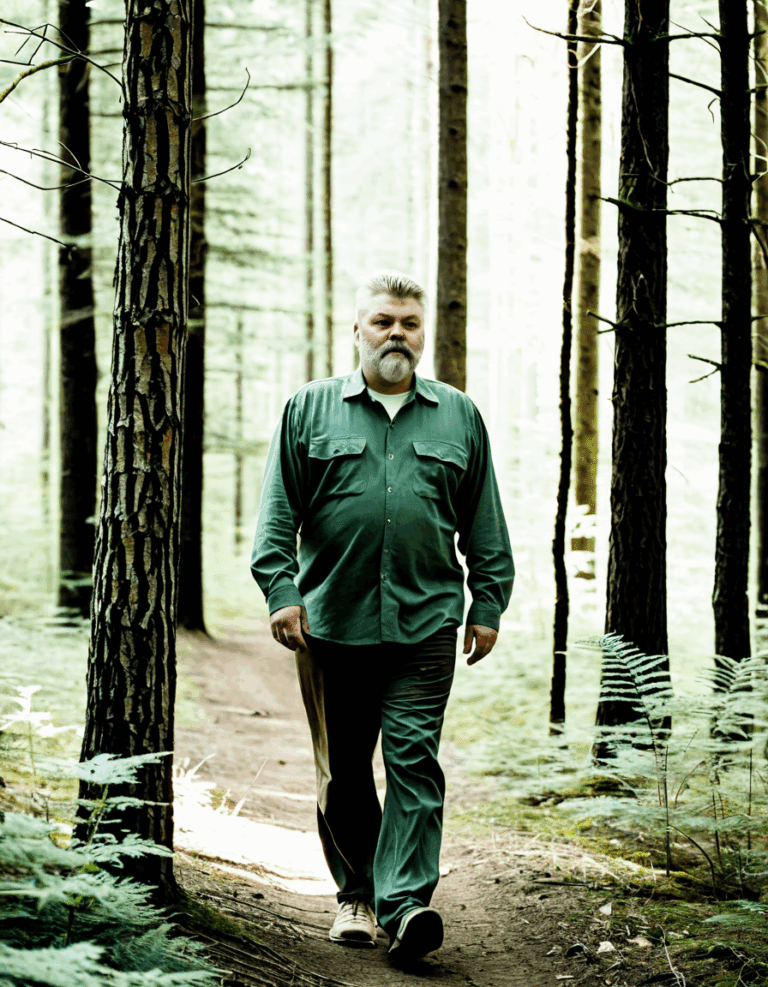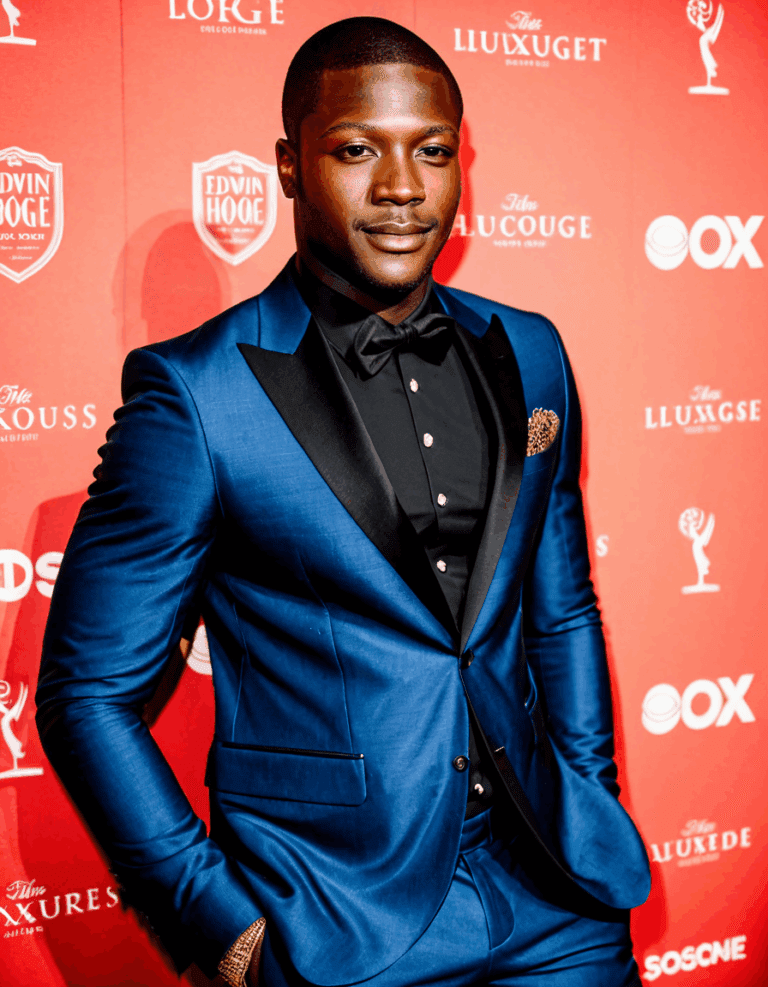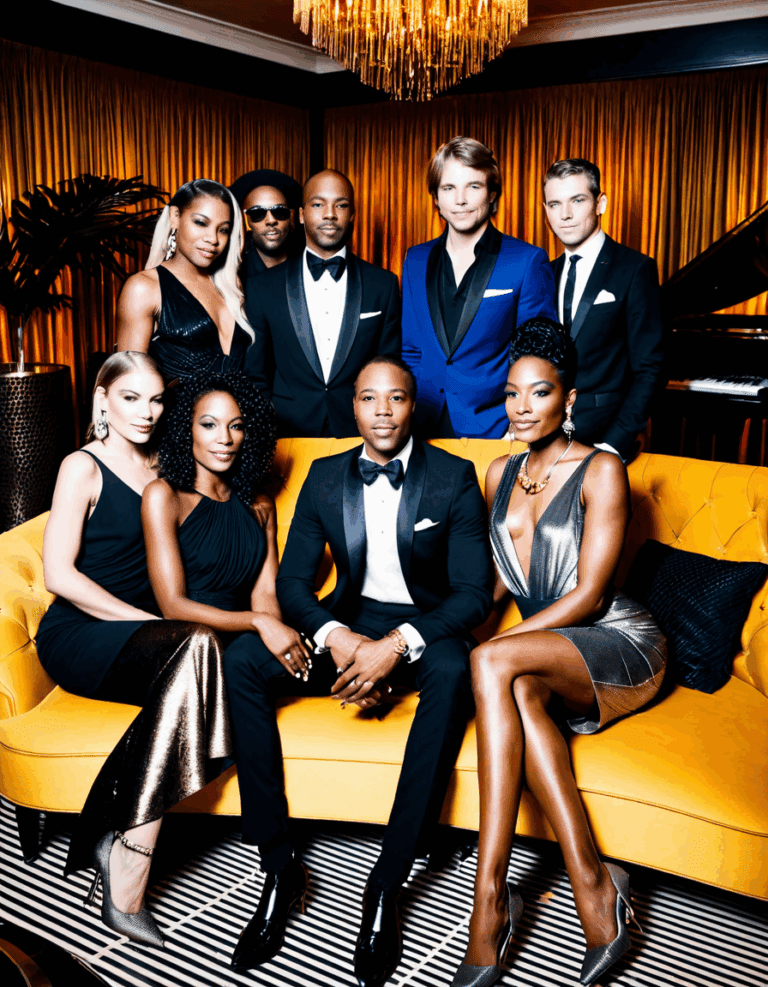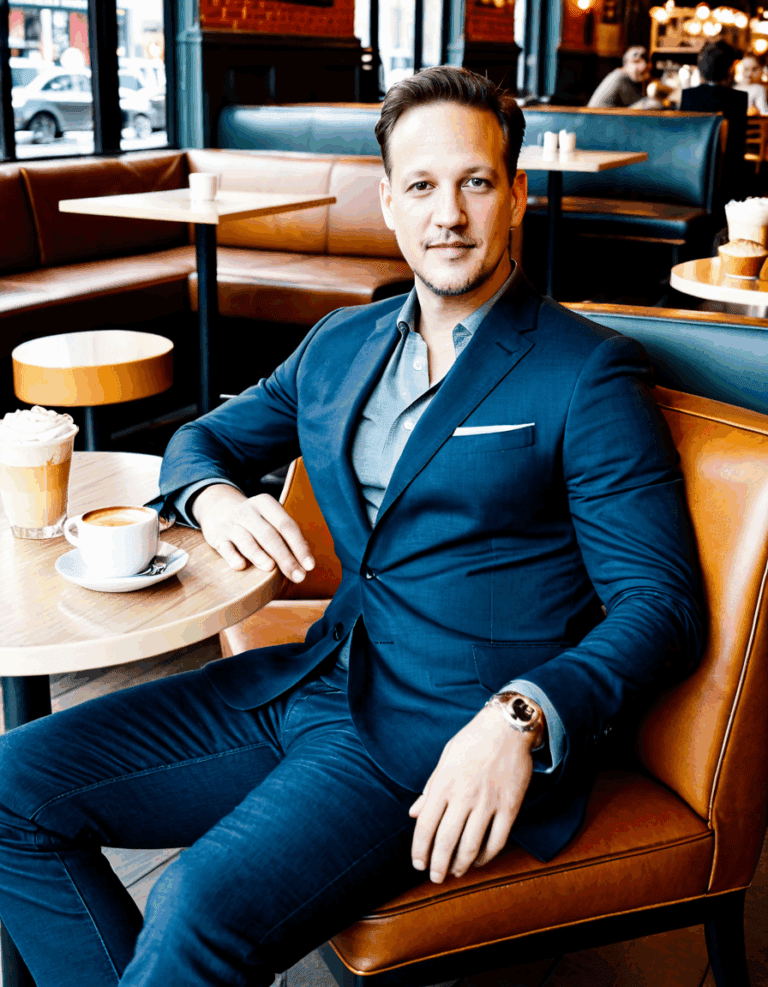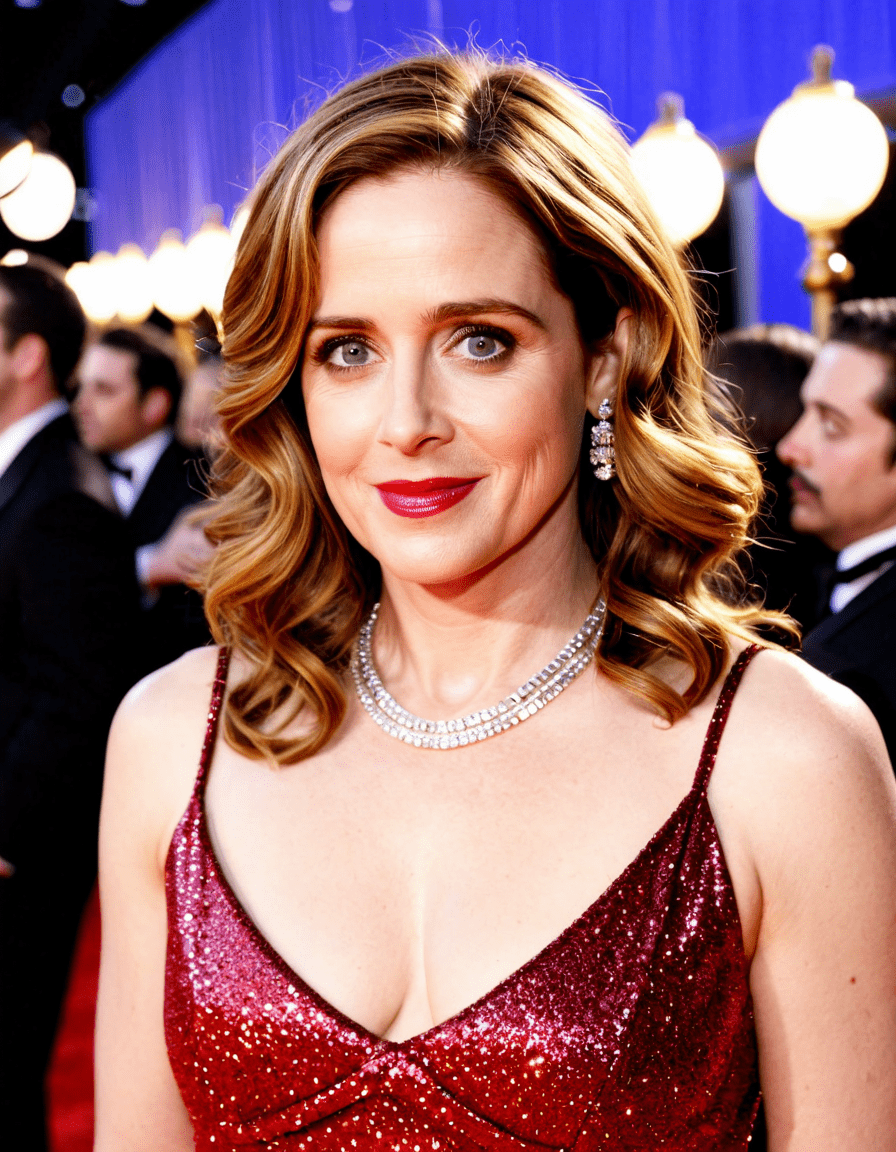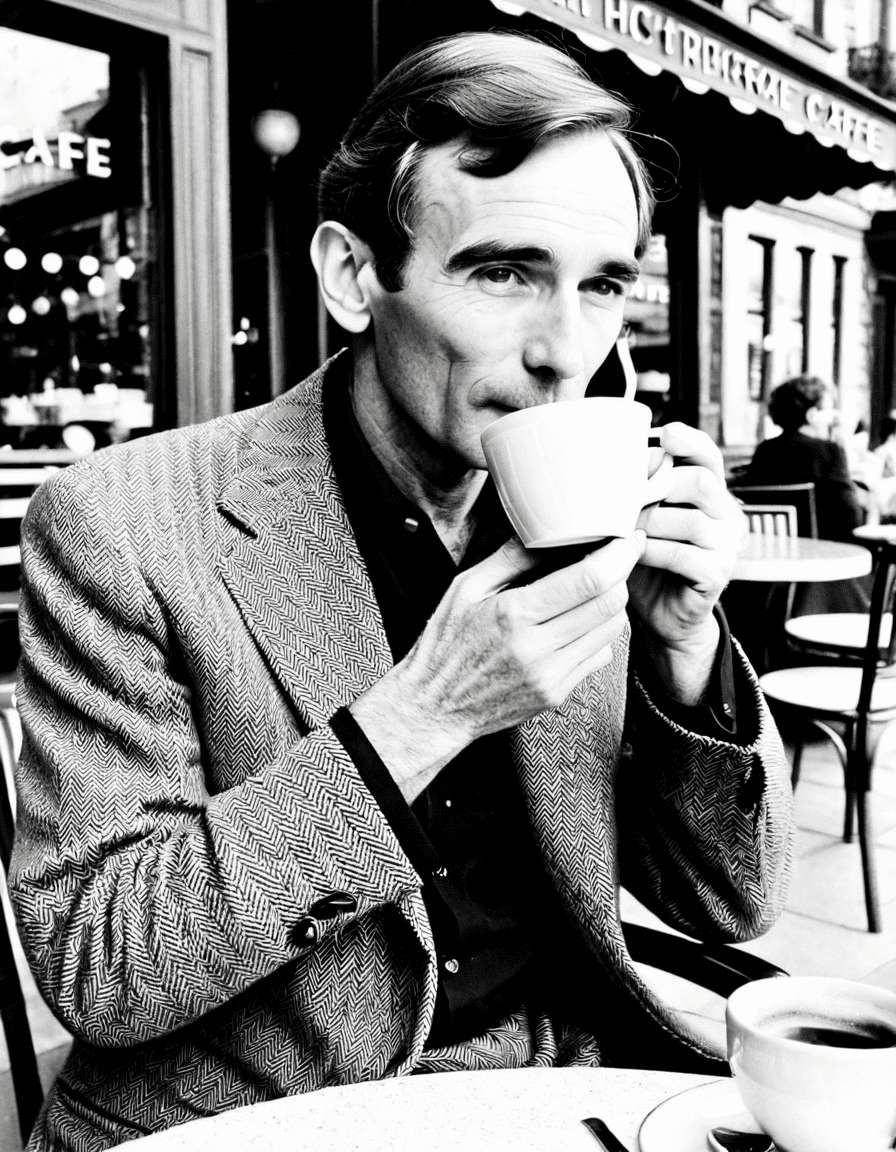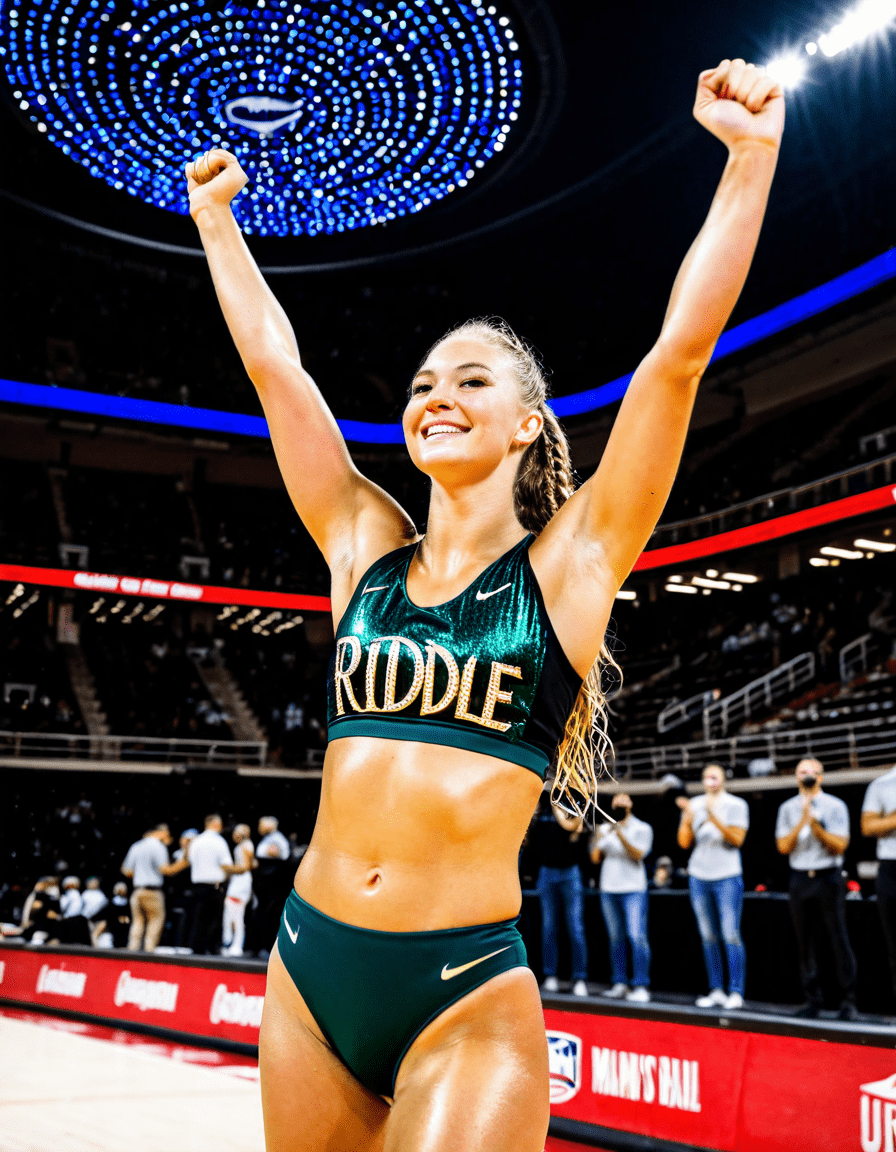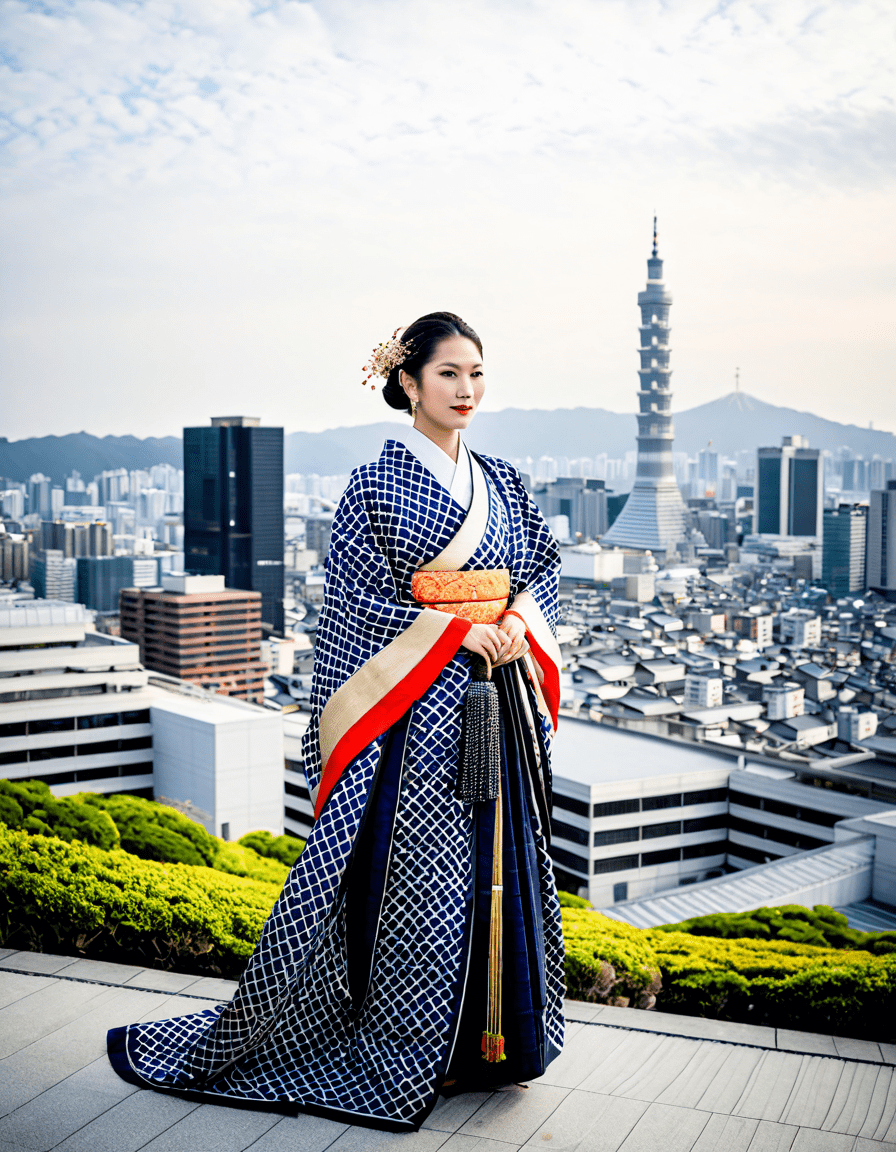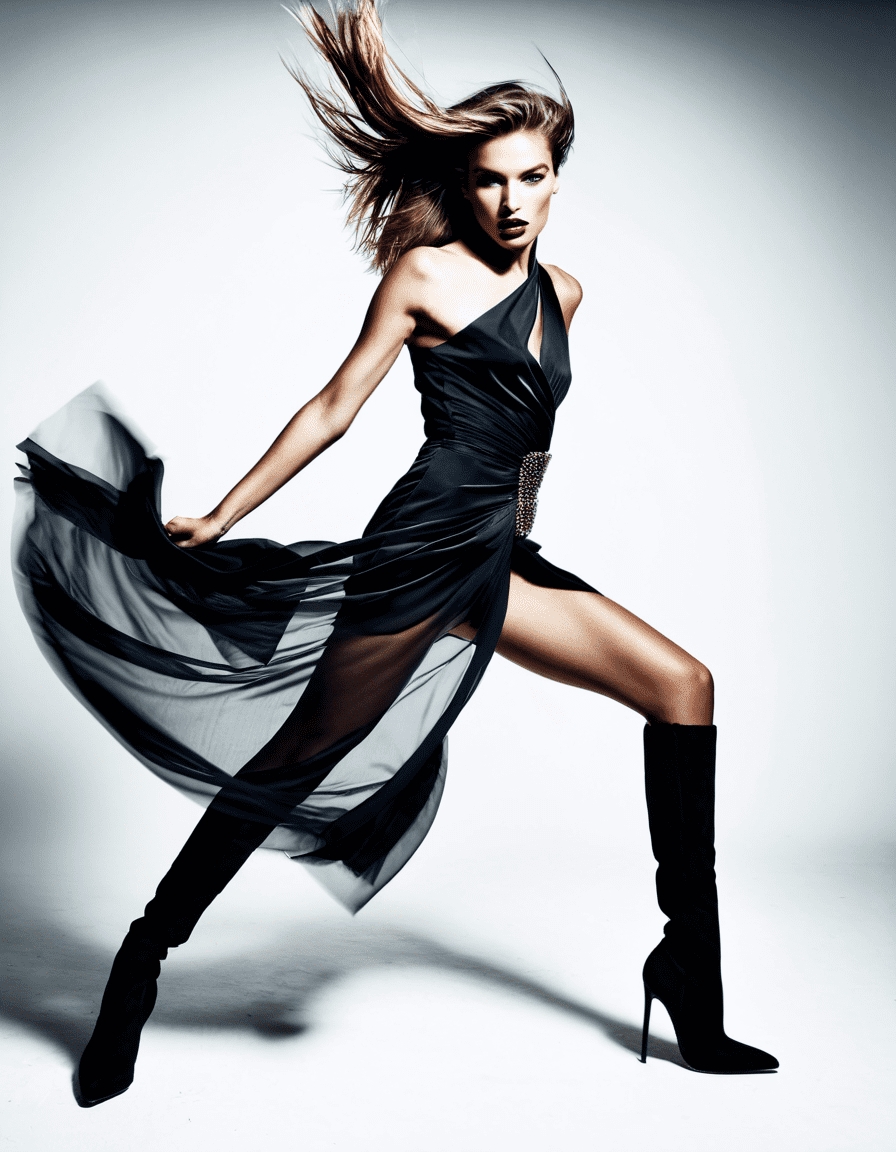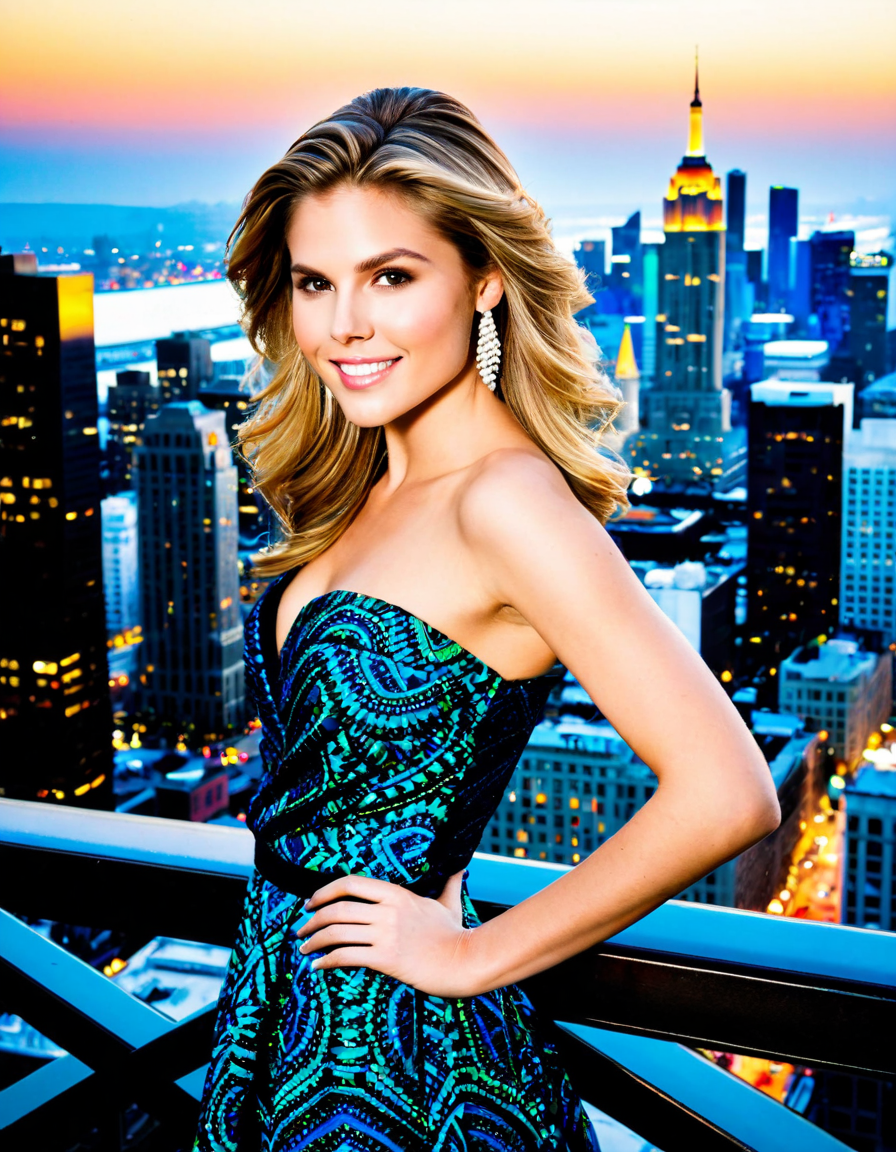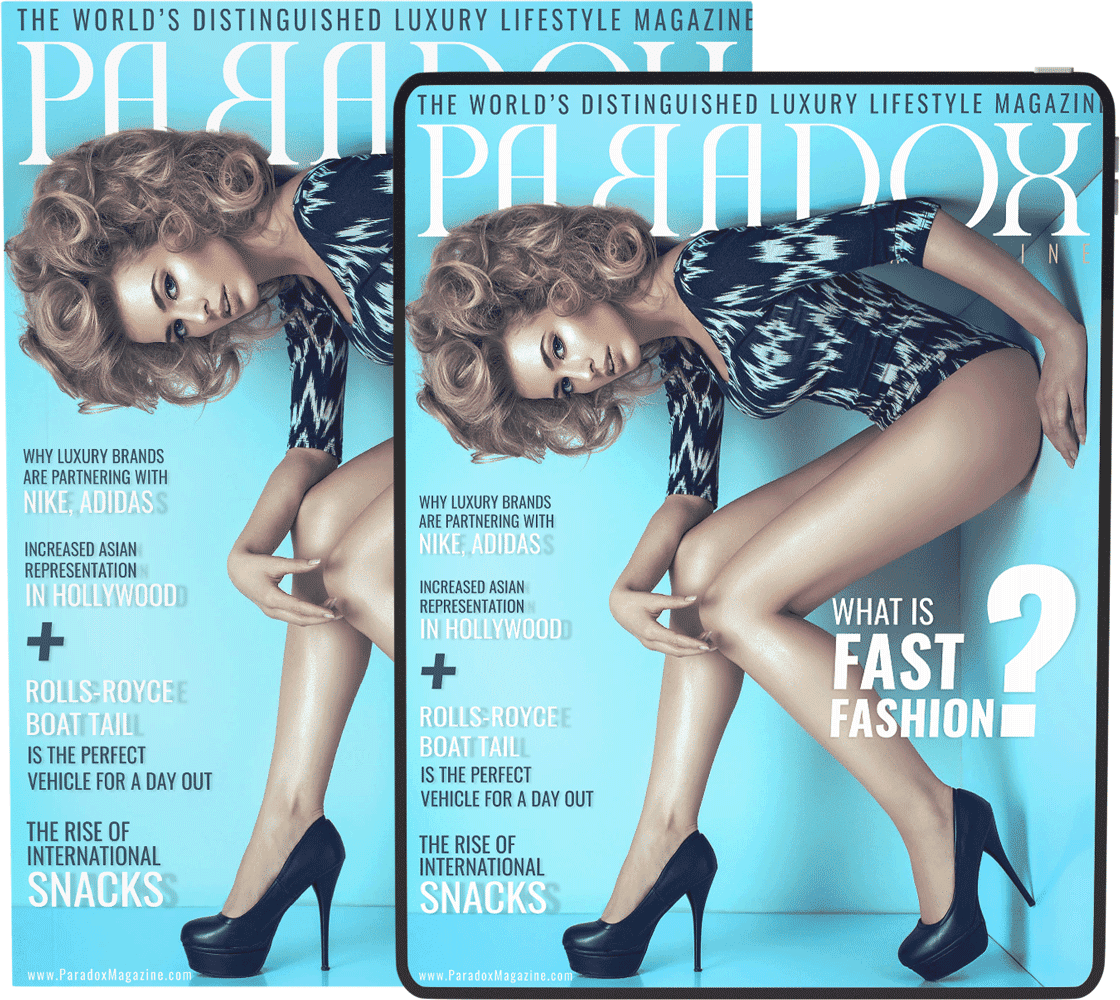Pam Beesly stands out as one of television’s most beloved characters, a shining beacon of authenticity and growth on NBC’s iconic show The Office. Portrayed by the talented Jenna Fischer, Pam’s journey from the mundane desk of a receptionist to a confident career woman deftly intertwines with the universal themes of self-discovery, ambition, and the blossoming of women’s roles in media today. What many fans may overlook is how Pam Beesly’s story serves as an allegory not just for individual empowerment but also for the evolving landscape of TV representation.
Take a moment to reflect on Pam’s relatability. How often do we find ourselves navigating the complexities of life—career, relationships, and self-worth? Pam resonates deeply with audiences because she mirrors the struggles so many women face today. Whether it’s balancing ambition with love or asserting one’s creative voice, Pam’s journey offers inspiration to those charting their own paths forward.
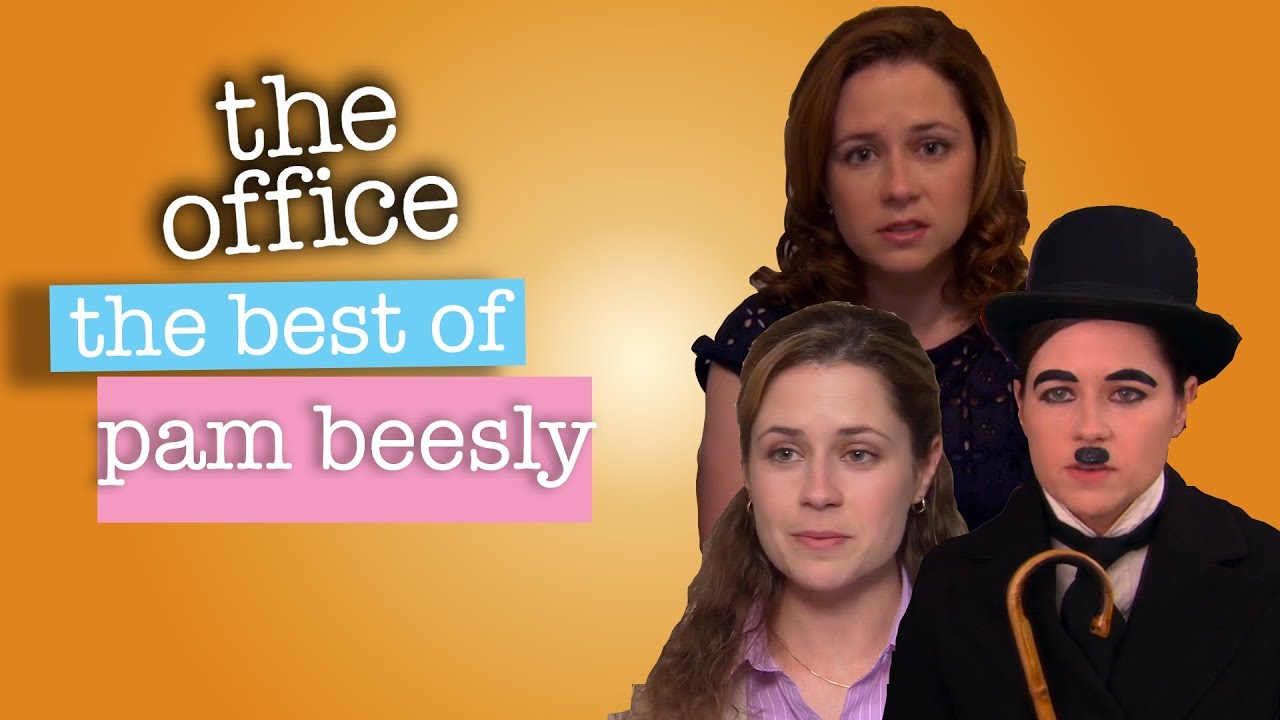
The Evolution of Pam Beesly in the Heart of Scranton
Pam’s transformative journey is vividly illustrated against the backdrop of Scranton, Pennsylvania, where Dunder Mifflin becomes more than just a workplace; it’s a launching pad for personal growth. This quaint paper company is where Pam discovers her passion for art and grapples with her evolving identity. The character’s relatable struggles resonate powerfully, representing the countless battles many women endure in their pursuit of fulfilling lives.
Pam began as a shy receptionist, a role often relegated to the green room of television narratives. However, her character was never just a backdrop; she was the heart of The Office. Viewers grew to love her not only for her quirky humor but also for her quiet strength. Over nine seasons, Pam Beesly showcased the richness of human experience—her tender heart and fierce ambition entwined in a beautifully woven narrative.
As we navigate the influence of Pam Beesly on today’s protagonists, the character’s sheer relatability stands as a testament to what great storytelling can achieve. Characters like Kaitlyn Dever are thriving today because they carry forth the legacy that Pam helped to cultivate; portraying multifaceted women, complex in their ambitions and relatable in their flaws.
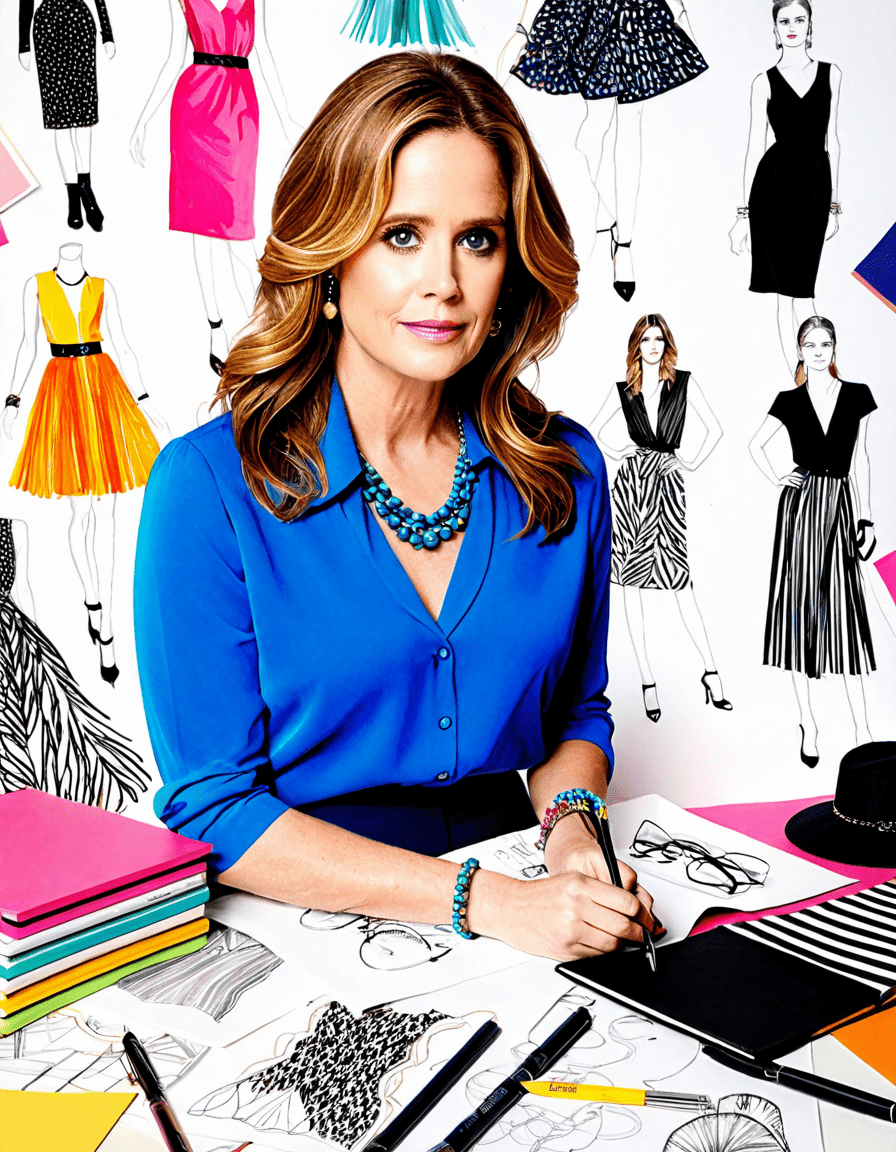
7 Key Moments in Pam Beesly’s Ascent to Stardom
Pam’s artistic pursuits underscore her desire for independence. The significance of her development as an artist can’t be overstated. This transformation is crucial, marking the gradual emergence of her self-confidence and distinct identity beyond the confines of her job description.
Remember that intense love triangle involving Jim Halpert, played charmingly by John Krasinski, and her then-fiancée, Roy Anderson? This story arc tears at our heartstrings and allows Pam to reclaim her narrative. Her decision to break off her engagement and pursue a genuine connection with Jim demonstrates that choosing oneself can also lead to newfound love—a lesson many viewers cling to even today.
The intersection of female friendships and rivalries paints a vivid picture of Pam’s world. While Pam’s dynamic with Roy is prominent, the fleeting yet impactful portrayal of Janice Combs (brilliantly embodied by Kate McKinnon) provides a fresh take on inter-female relationships. Janice’s fierce energy vis-a-vis Pam’s tranquil persona captures the essence of friendship, reminding viewers that connection, while complex, is a beautiful journey worth celebrating.
Pam’s evolution from a receptionist to a top-notch salesperson isn’t merely a plot twist; it embodies the transformative power of perseverance. This shift serves as an empowering narrative for women of all ages, urging them to smash the glass ceilings that inhibit them.
Fischer’s portrayal brings to life a powerful lesson—vulnerability is a strength, not a weakness. Pam’s emotional moments resonate with audiences and highlight the importance of connecting through shared experiences; something that remains vital in today’s more open narratives.
The sartorial transformation of Pam Beesly mirrors her internal metamorphosis. From lackluster, professional garb to stylish outfits that reflect her newfound confidence, Pam’s wardrobe signals her evolution beautifully. This change in style parallels the broader shifts in how women challenge and redefine fashion within professional realms.
The presence of characters like Pam Beesly lives on in the performances of actresses like Kaitlyn Dever, who exhibit the perfect balance of humor and depth in their portrayals. As female characters continue to be fleshed out in today’s media, they fulfill the yearning for relatable figures who tackle life’s complexities, further cementing Pam’s lasting legacy.
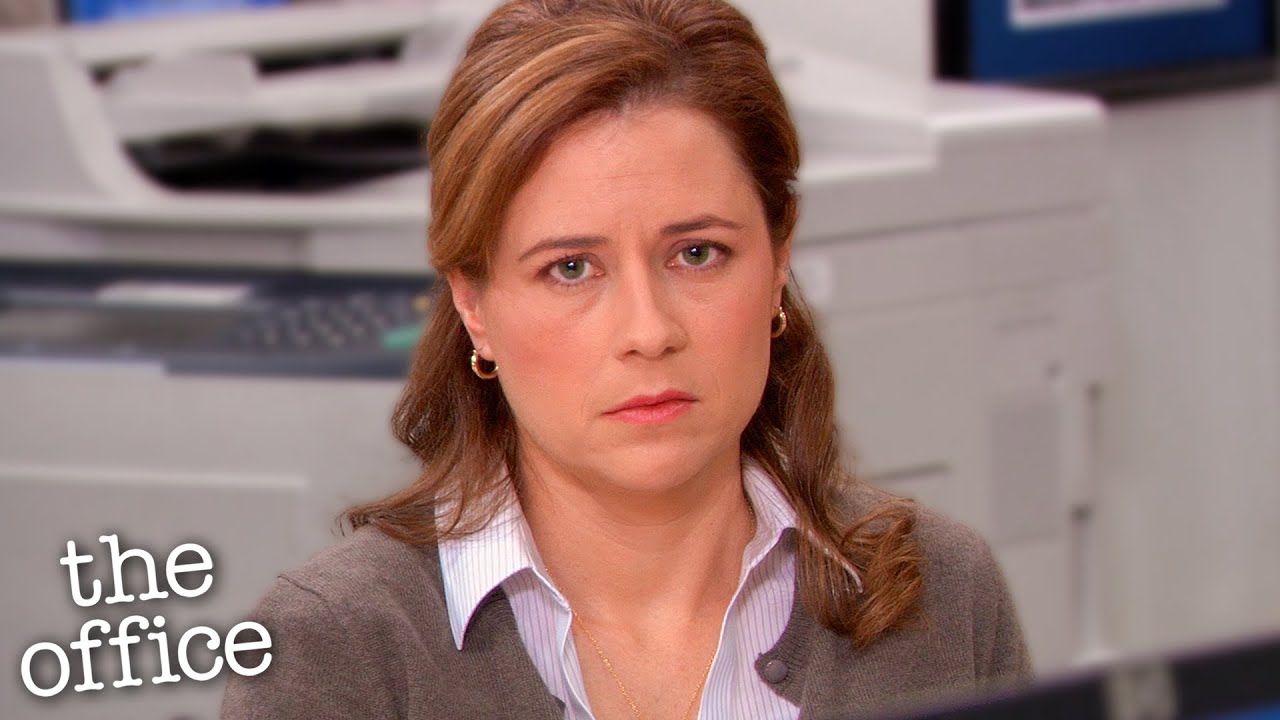
The Dynamics of Character Development in Media
Pam Beesly’s trajectory is more than an entertaining storyline; it’s a representation of real-life challenges many women face. Over the years, the show transformed the landscape of storytelling in television, advocating the necessity of depicting women as strong, independent, and multifaceted individuals. This evolution is not just welcomed—it’s essential for broadening the spectrum of narratives we find onscreen.
The value of having characters like Pam Beesly shines through more clearly now than ever. With the cultural conversations around representation and empowerment continuously evolving, her role as a multi-dimensional character inspires a new generation of women on and off-screen. It’s not just about being a star; it’s about being authentic and human.
In a world post-The Office, Pam embodies the shifting tide towards characters reflecting complex realities. As actresses like Sara Haines and Tomer Capone continue to challenge these narratives, they explore the delicate balance required in telling authentic stories that resonate with both today’s viewers and future generations.
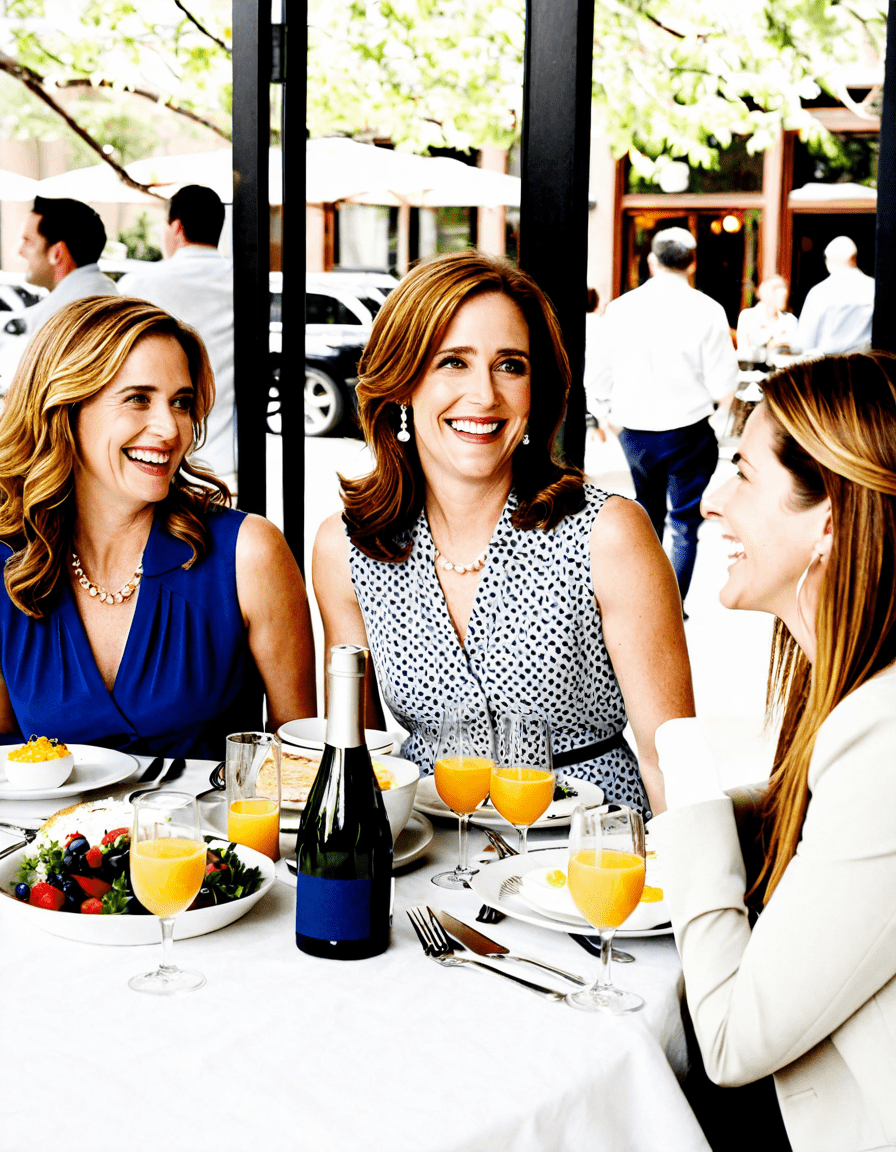
The Intersection of Fiction and Reality in Pam’s Story
Pam’s tale is a rich tapestry embroidered with the threads of societal change. It reflects both the victories and struggles women endure daily, bringing vital discussions about autonomy, ambition, and emotional honesty to the fore. In her fictional world, Pam embodies the essence of countless women navigating similar terrains, tackling aspirations, relationships, and self-worth with grace and humor.
The character of Pam Beesly proves that even the most ordinary of women can serve as a canvas for extraordinary conversations. By embracing both her flaws and strengths, Pam echoes a sentiment that resonates not only within the confines of Dunder Mifflin but touches the hearts of women striving for authenticity in their own lives.
Let’s remember that every journey matters, and every story, like Pam’s, is worthy of celebration. As we commence new dialogues around female representation, may we continue to uplift the archetypes of women who are not only protagonists in their own narratives but also catalysts for cultural shifts in media and beyond. With each episode we watch, we become empowered to create our own blueprint, championing our trajectories in careers and lives: proving, like Pam Beesly, that laughter and purpose can firmly coexist, no matter where we begin.
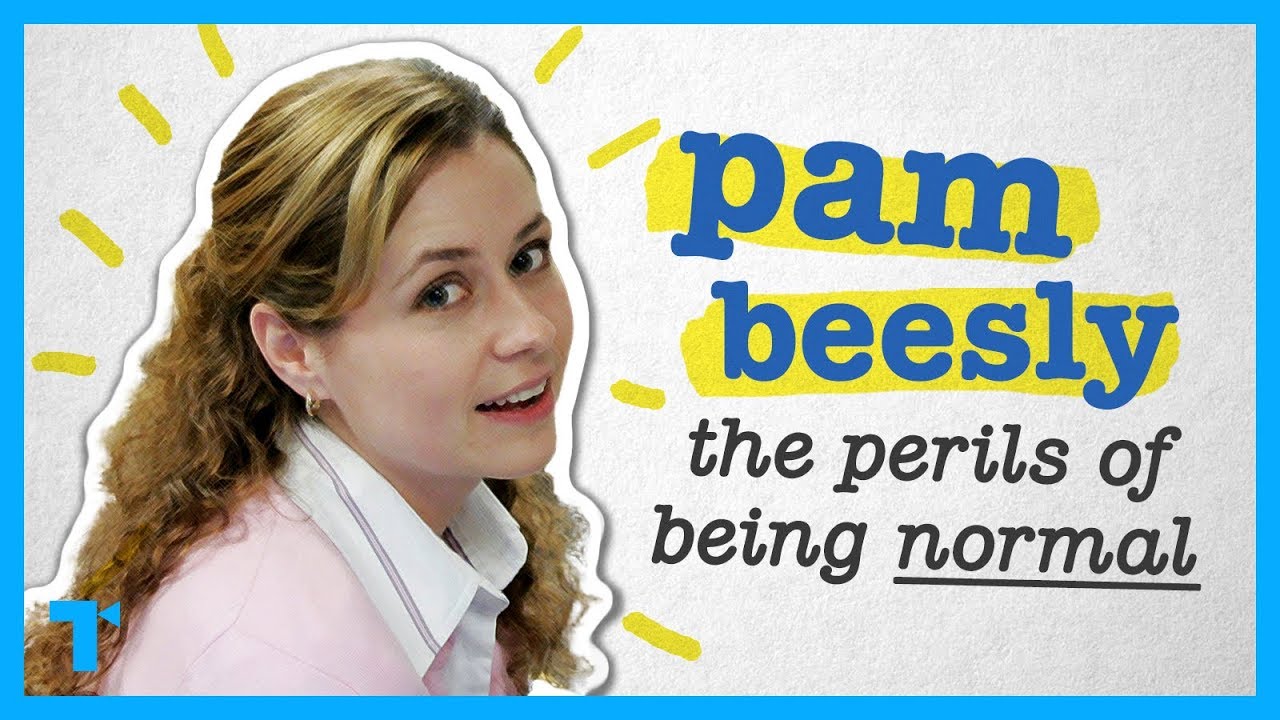
Pam Beesly’s Journey From Receptionist to Star
The Rise of Pam Beesly
Pam Beesly, played by the talented Jenna Fischer, is one of the most beloved characters from The Office, but did you know her journey was peppered with interesting tidbits? Besides her charming personality, Pam’s character shares a striking resemblance to real-life experiences in various fields, like real estate. You might be surprised to know that some of the skills she showcased at Dunder Mifflin are quite handy for those in roles like Compass Real estate agents today! Just as Pam showcased her creative flair in the office, real estate agents tap into their imaginative sides to showcase properties.
And while we’re on the topic of women breaking barriers, consider the inspiring story of Mandy Teefey, who, like Pam, navigated hurdles en route to success. Teefey, much like Pam, demonstrates the importance of following one’s passion, proving that sometimes, you gotta take a leap of faith. Likewise, Pam’s journey teaches us that every experience can contribute to a bigger picture.
Connections and Inspirations
Pam’s character also had a talent for storytelling, drawing parallels with TV legends like Jane Pauley, who captivated audiences for decades. Both women explored their passions, showcasing how-to’s in their respective genres — Pam in art and Jane through journalism. Just imagine if Pam had her own show; she’d bring those quirky office moments to life, much like how Pauley has engaged viewers with her charisma.
Speaking of charismatic influences, we can’t overlook how Pam’s character evolved across the series, coming into her own while standing alongside characters like Amy Reid, a versatile personality who also represents the drive for success. Characters that inspire viewers are what keep us hooked to on-screen stories, and Pam’s growth from a shy receptionist to a confident artist exemplifies that same allure, much like Pulsar Thermal who leads innovations in heat management, showcasing growth and adaptation in a competitive market.
Pam’s story is a reminder that every job, from receptionist to a professional artist, has its learned lessons that contribute to a person’s journey. Did you know that, much like fashion designer Salehe Bembury, who’s made waves in the industry, Pam’s artistic aspirations and unique take on life inspire countless viewers to pursue their dreams? It’s all about that creative spark, and Pam Beesly’s story is proof that persistence pays off.
